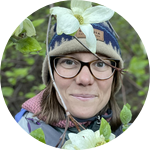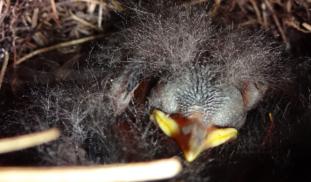Please wait...
About This Project
An invasive insect, the Hemlock Woolly Adelgid (HWA), is causing Eastern Hemlock tree decline in the Appalachian Mountains. The Louisiana Waterthrush (LOWA) is a bird that may indicate the degree to which HWA threatens riparian ecosystems with declining hemlock. By studying LOWA habitat use and reproductive success, I aim to determine how hemlock decline affects the birds and riparian ecosystem condition. Such knowledge is important for conserving the rich biodiversity of the Appalachians.
More Lab Notes From This Project

Browse Other Projects on Experiment
Related Projects
How do polar bears stay healthy on the world's worst diet?
Polar bears survive almost entirely on seal fat. Yet unlike humans who eat high-fat diets, polar bears never...
Uncovering hidden insect diversity associated with a likely undescribed gall-forming midge
Does a likely undescribed species of gall-forming midge (pers. comm. Ray Gagné) on Eriodictyon plants (Yerba...
Macrofungi of the California archipelago
The eight islands of the California Archipelago are a well-studied biodiversity hotspot — but we know almost...




